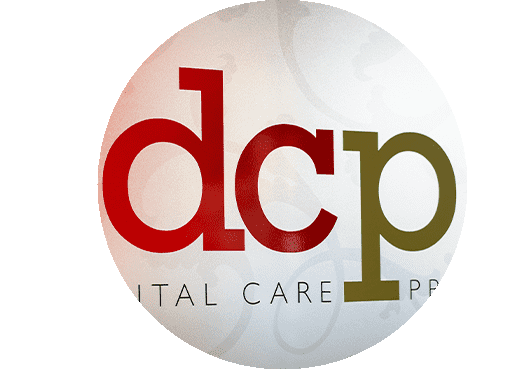Anyone who has had braces is familiar with orthodontics… Orthodontics is a specialist field of dentistry where the Orthodontists aims for the proper balance between your teeth and the surrounding facial muscle. To put it simply, the goal of orthodontics is to straighten and align teeth.
During a mouth examination, dentists can identify the proper or ideal placement for teeth. If your teeth are growing in an uneven way or in a pattern that’s not best for your mouth, they may recommend the use of a corrective appliance.
The most common treatment when significant uneven alignment is braces. Braces, along with wire and elastic bands help guide your teeth into a proper position.
These days, there are alternatives that do not involve braces, wires and elastic. Though not suitable for all patients and situations, these alternative corrective appliances can be very useful in the right situation.
“Invisible braces” or “clear aligners” (such as ClearCorrect, Invisalign, BiteSoft, SmileStyler and others) made popular by Hollywood celebrities, are transparent retainer style corrective appliances that progressively change the position of your teeth over time.
In the past, Orthodontists would mostly do treatment on teenagers but today, many adults who desire straighter teeth, can have access to teeth straightening options due to this new type of alignment therapy.
To find out what your options for straighter teeth might be and to have your questions answered, speak with your dentist.
Orthodontic treatment
Orthodontics and dentofacial orthopedics is the formal name of the dental specialty concerned with the diagnosis, prevention, interception, guidance and correction of bad bites. The purpose of orthodontic treatment is to create a healthy bite—straight teeth that properly meet opposing teeth in the opposite jaw. A good bite makes it easier for you to bite, chew and speak.
If your teeth are crowded, protrusive, spaced too far apart, meet in an abnormal way, or do not meet at all, correction may be recommended. Braces and aligners are the “appliances” orthodontists most commonly use to guide your teeth into their proper positions. Retainers preserve and stabilise the results of your orthodontic treatment.
In the past, orthodontic treatment was associated with children and teens, but today many adults seek orthodontic treatment to correct long-standing problems, or problems that stem from maturational changes. Orthodontists can help people of any age achieve a healthy and beautiful smile.


